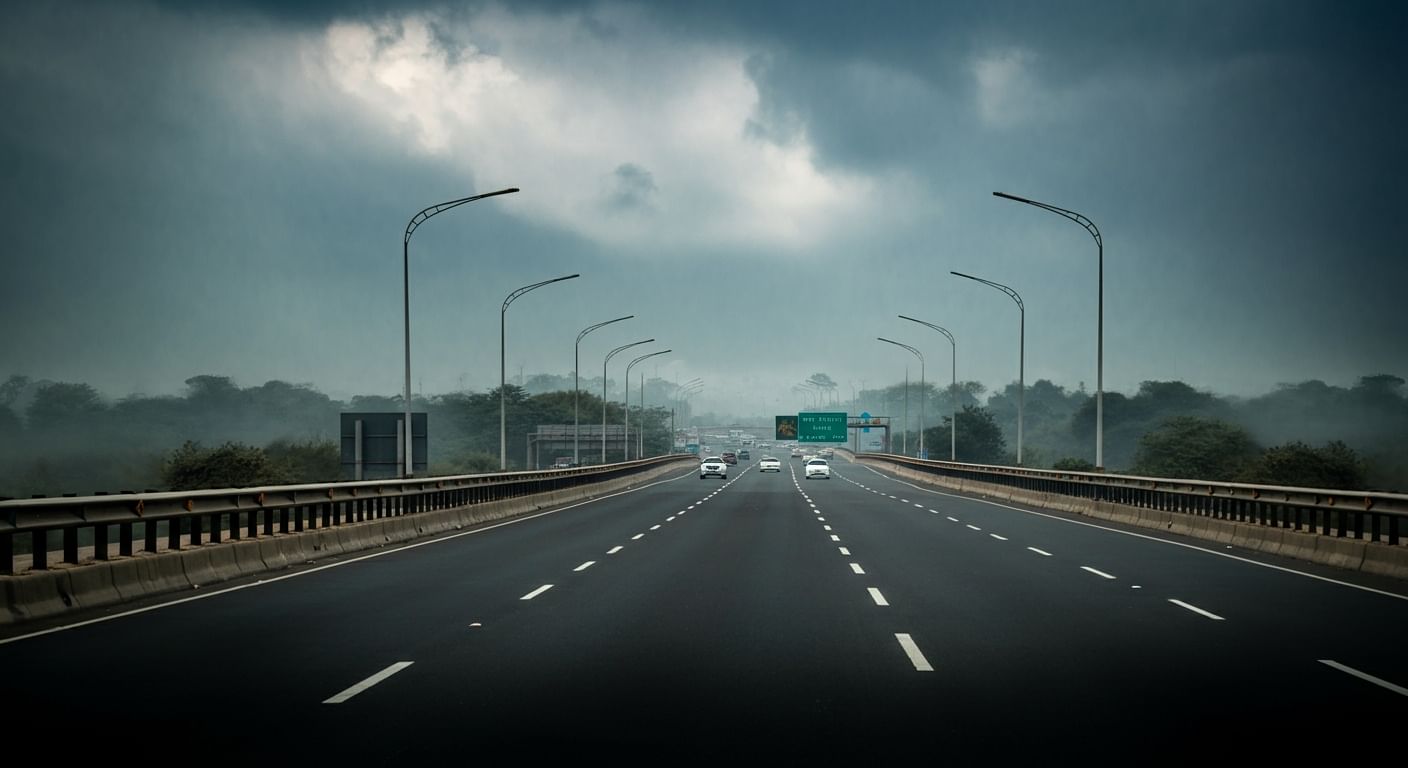The expressway system of India is redefining national movement of people and products as it is growing at an unheard-of pace. Leading many expressway construction projects, the National Highways Authority of India (NHAI) is building high-speed routes linking industrial hubs and main cities. These main roads are changing Indian transportation's scene and increasing safety and efficiency.
Delhi-Mumbai Expressway
Set to be India's longest highway, the 1,350-kilometer Delhi-Mumbai highway is among the most ambitious projects in progress. By connecting the national capital with the financial center, this main transportation corridor greatly lowers travel time and enhances connectivity. It crosses several states, linking agricultural and industrial zones, therefore improving trade along the path.
Mumbai-Pune Expressway
Pioneer in high-speed road travel, India's first six-lane concrete expressway is the Mumbai-Pune Expressway. About 94 km, it links two main Maharashtra economic hubs. Still one of the busiest expressways in the nation, this road has greatly relieved traffic on the former national highway.
Yamuna Expressway
About 165 kilometers separate Greater Noida from Agra on the Yamuna Expressway. For logistics and tourism, this road offers a direct, fast connection to the Taj Mahal and other cultural monuments, therefore transforming both fields. It is therefore a crucial corridor in northern India since it has also spurred local development.
Western and Eastern Peripheral Expressways
Built to decongest Delhi, the Eastern Peripheral Expressway and the Western Peripheral Expressway round the capital in a ring road. By steering heavy truck traffic away from the city, these expressways help to lower traffic congestion and pollution. Taken together, they enable the seamless flow of products and help to increase connection between adjacent states.
Purvanchal Expressway
Comprising over 340 km, the recently finished Purvanchal Expressway in Uttar Pradesh links Lucknow with Ghazipur. This highway is a component of a more comprehensive plan to upgrade road infrastructure in eastern Uttar Pradesh therefore fostering development there. It is supposed to improve industrial development in the area and increase connection to the national highway network.
Other Notable Expressways
There are several more expressways under construction or development:
- Aiming to ease traffic on current roadways, Dwarka Expressway close to Delhi seeks to
- Linking Jammu and Kashmir to Ladakh via the Himalayas, the Zojila Pass Expressway will
- First 14-lane expressway in India, Delhi-Meerut Expressway makes travel from Delhi to Uttar Pradesh easier.
Concerning Road Infrastructure and Connectivity
The ambitious road infrastructure targets of India depend on these expressways. Their fast, controlled-access paths complement the current national highways and create important transportation hubs. The emphasis of the NHAI on expressway construction improves regional connectivity, lowers travel time, and promotes economic growth.
Final Thought
India's expressways are not only roadways; they are essential arteries driving the nation's development. Major expressways like Delhi-Mumbai, Mumbai-Pune, and Yamuna setting the standard are helping the expressway system to revolutionize connection over many areas. India's dedication to modernizing its road infrastructure and building a contemporary, effective transportation system for the future shows in the ongoing push for expressway expansion.
Stay tuned with 91Infra for the latest news, updates, and insights into the construction equipment industry. As the fastest-growing digital platform, we are committed to providing you with accurate information, expert reviews, and in-depth analysis of construction equipment from various brands. Whether you’re looking for price comparisons, variant details, or industry trends, 91Infra is your go-to source for everything related to construction machinery in India.
Read More
Latest Construction Equipments News
91Infra is a rapidly growing digital platform that provides the latest updates and detailed information about the infrastructure and construction equipment industry.










